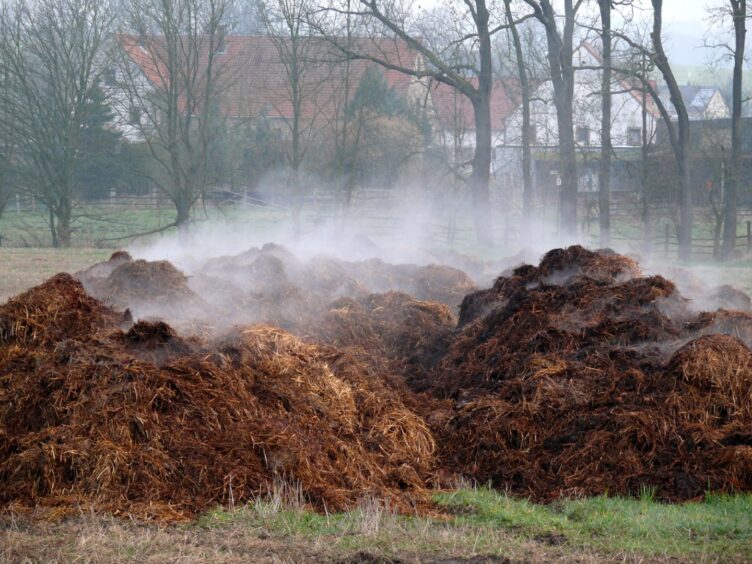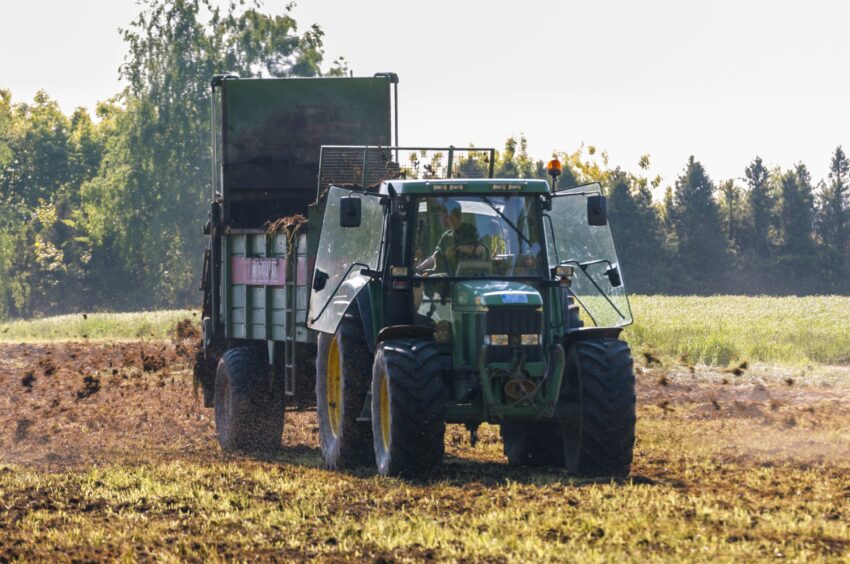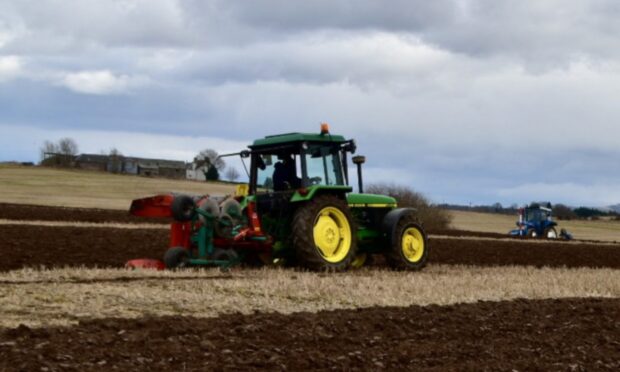For a certain subset of the agricultural community, early January marks the opportunity to kick-start both the year and brain cells by attending the annual Oxford Farming Conference.
This top-level event attracts the best and brightest not only of the industry but also in the fields of politics, policy and scientific endeavour to discuss issues of the day in the rarefied atmosphere of Oxford’s dreaming spires.
Many of the rest of us, myself included, end to indulge in the somewhat less refined pastime – and atmosphere – involved in mucking out the dung.
The first hard frosts of winter are always pounced on by anxious livestock farmers.
They see them as an opportunity to empty their cattle courts and sheds of what has inevitably been building up there since the cattle first came in a few months ago.
And the recent hard frosts have also provided an opportunity for tractors and trailers to take this manure out onto fields. It will be left to compost for a while before being spread on the land, returning to the soil many of the nutrients required to help more crops grow.
World’s first fertiliser
Manure has often been undervalued – but it was probably the first fertiliser ever used by mankind to help produce enough food to allow the population to expand.
You could even argue the whole of civilisation was built on the back of cow dung.
It used to be laboriously removed from cowsheds by hand, one forkful at a time.
But tele-handlers and large trailers are now the more common way to remove this valuable material from sheds.
Spreading muck
Similarly, the way it is eventually spread on the fields has changed. For rather than raking it off the back of a cart, to be further spread, again by fork, large rear-discharge spreaders now carry out this task, shifting and spreading many tons with every load.
Different dung aromas
But the smell given off during these tasks remains the same.
And some with noses which have not been trained to recognise the nuances might describe the smell as a “pong”.
However, those with more educated olfactory receptors will appreciate the delicate distinctions between the aroma which emanates from a well-composted midden and that of manure only recently plucked from the shed.
Of course, as many of us have learnt to our cost, there is a strange phenomenon which dictates that the smell which clings to the clothes of those working with dung is often subdued in freezing conditions.
It is released at teatime or as the farmer warms himself by the fireside in the evening, when the fragrant results of the day’s work prompt a chorus of “dad, you’ve been at the dung haven’t you”.
Health appetite
Curiously, I find that, rather than being offensive, working at the dung often fires up a healthy appetite.
And, despite today’s obsession with avoiding faecal contamination, it seems to be a healthy sort of a job.
Indeed, scientific research has borne out the fact that farm kids who are exposed to the multitude of bugs which inhabit every ounce of dirt have far better functioning immune systems.
They are far less prone to suffering allergies and suchlike because, with plenty of antibodies stimulated, their systems are properly primed and tested to do the job they are meant to do.
And so to that cuppa
I remember many years ago enjoying my piece “on the move” as I was spreading dung with one of those old barrel-type spreaders.
When I turned round to take a swig from my cup of tea, which had been sitting on the mudguard, I noticed a dollop of dung floating on top.
Acting quickly in the belief the 10-second rule still applied, I quickly hoicked it out and carried on drinking.
I was none the worse at the end of the day.
Brian Henderson farms a mix of arable and livestock enterprises with his family in Perthshire.















Conversation